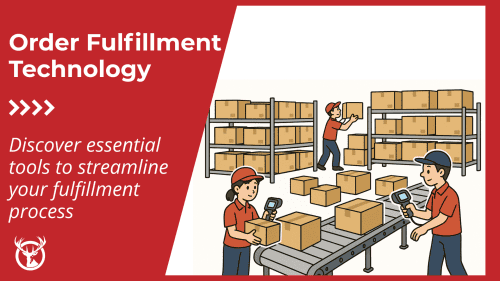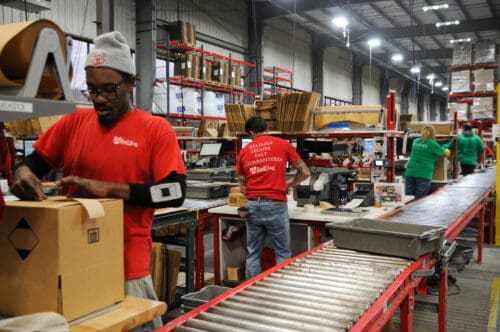Direct-to-consumer fulfillment is exploding. A surge in ecommerce sales from the sector’s natural growth has made it a leading shipping option for D2C brands that have earned consumer trust.
These ecommerce companies are often small and flexible enough to capitalize on the latest trends, whether that’s shopping via Instagram ads or testing novel product offerings. This agility can make you an overnight success.
But here’s the risk: rapid growth can quickly outpace your ability to hold inventory, fulfill orders, and manage shipping. Without the right infrastructure, success becomes your biggest operational challenge.
To capitalize on growth opportunities while avoiding fulfillment pain points, it’s time to consider partnering with an intelligent fulfillment provider for your direct-to-consumer operations.

TL;DR:
Key takeaways

Direct-to-consumer (D2C) fulfillment involves managing inventory and delivering orders directly to consumers with minimal middlemen.

DIY D2C fulfillment presents challenges in scaling, inventory management, and controlling shipping costs.

3PLs like Red Stag Fulfillment help D2C brands control costs, maintain operational control, and scale efficiently to support growth.
What is direct-to-consumer fulfillment?
If you sell your products directly to consumers, your consumer order fulfillment is a D2C model.

Direct-to-consumer fulfillment is the management of your inventory and delivery of orders shipped directly to consumers. Your shoppers don’t need to work with any other company or outside person to get their order. This is true even if you outsource, which can ultimately save D2C brands significantly as they grow.
A D2C brand is any company that sells products directly to the consumer, with as few middlemen and wholesalers as possible.
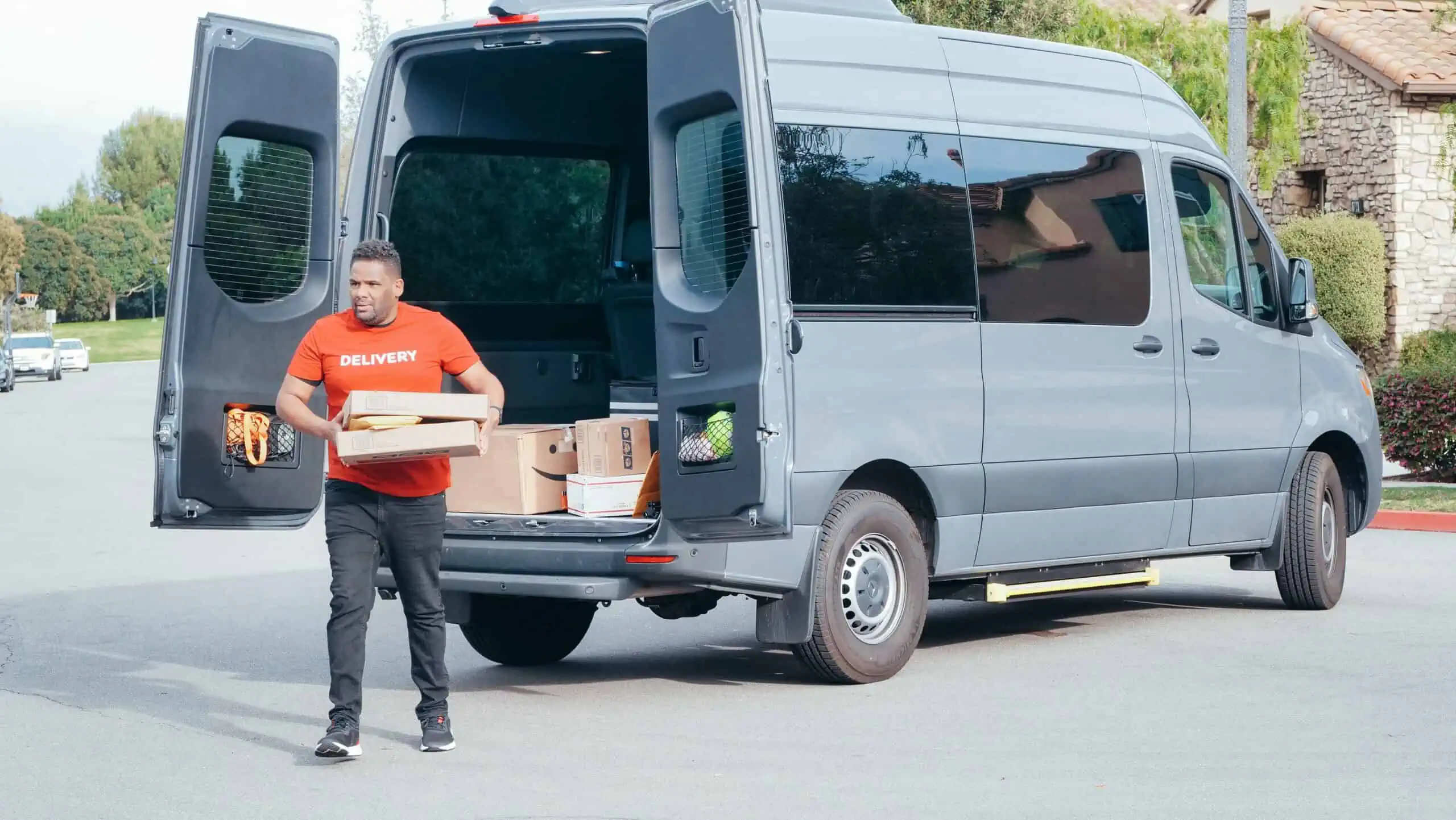
D2C companies are growing, and so are those offering D2C fulfillment services. Red Stag Fulfillment works with all kinds of companies and products. However, we’re one of the best 3PLs with experts specializing in D2C fulfillment for heavy, bulky, and large goods, and we’re currently expanding our footprint.
D2C shipping versus fulfillment
While people often use fulfillment and shipping interchangeably, there are a few crucial distinctions. Let’s address them for direct-to-consumer orders.
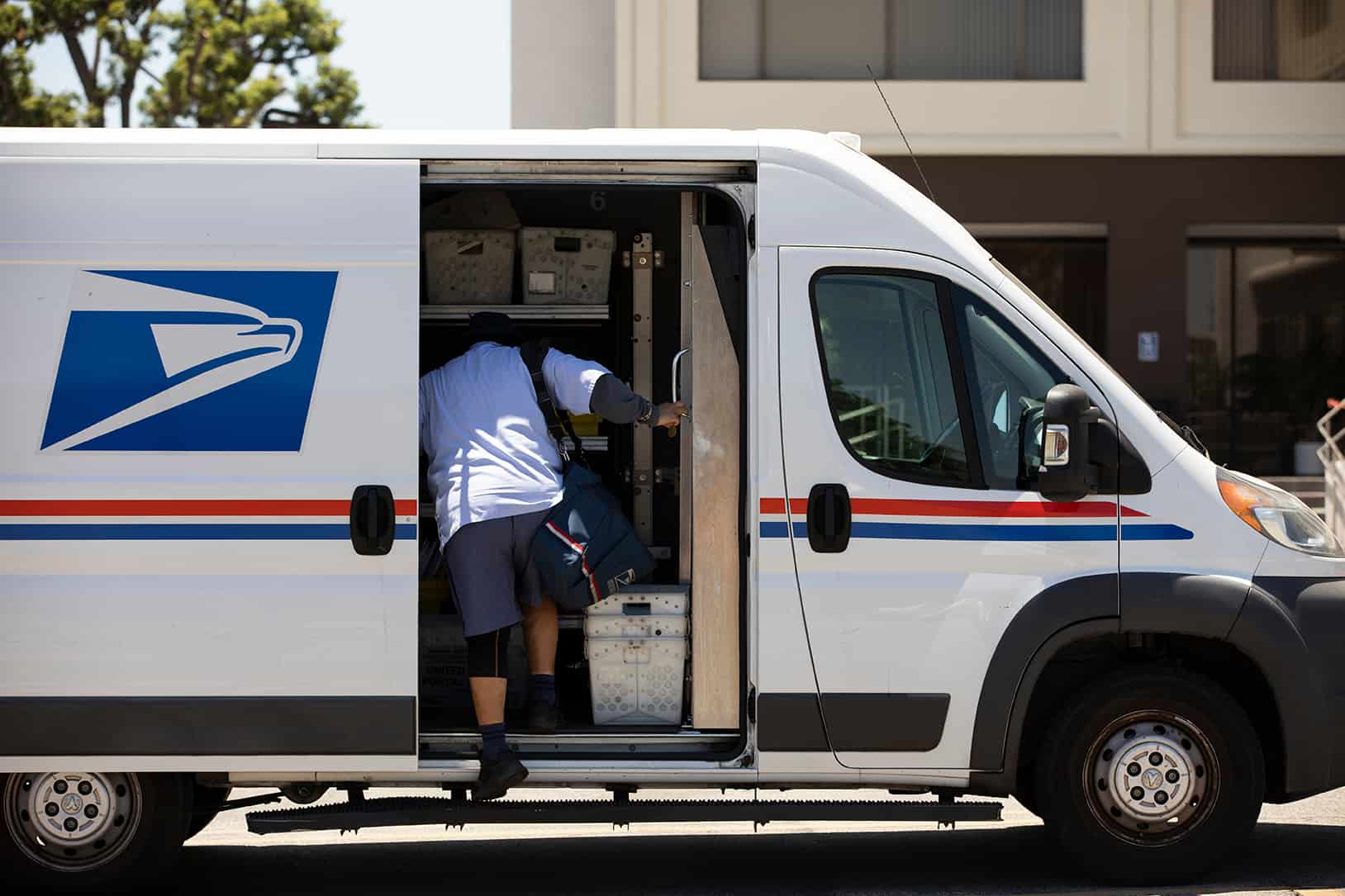

D2C fulfillment is a broader term that covers all the aspects of getting inventory reach for distribution, having it reach customers, and handling related aftercare, such as returns. It covers the entire order process, including your inventory management and maintaining stock levels.

D2C shipping is limited to just the strategy to get a specific order to its buyer. Shipping is always part of the eCommerce fulfillment process.
The distinction involves how you think about shipping costs, inventory control, and logistics management. If you decide to outsource to third-party services, a shipping partner is focused just on the delivery of an order.

PRO TIP: A fulfillment partner, such as a 3PL, will assist with shipping and managing inventory, creating demand forecasts, and improving the customer service aspects that go along with shipping. They may support you with finding optimal packaging or adding company branding. Fulfillment partners can also help prepare your inventory for advanced sales support, such as getting it ready for FBA or helping you create kits.
Can all products be shipped directly to the consumer?
Nearly any consumer product sold can be shipped directly to the customer. There are even D2C fulfillment services delivering used cars around the country. The important difference for products is how much experience you or a 3PL partner has shipping similar goods.

Key Takeaway: Direct-to-consumer fulfillment options are available, but you’ll want experts focused on your products. For heavy or bulky goods, companies like Red Stag Fulfillment are optimized to handle these products. We even negotiate better carrier rates on large items, allowing us to specialize in both processes and cost savings.
Our pick and pack solutions operate with these types of products in mind. That means we have better equipment and training for these products compared to a standard fulfillment center.
Ask questions about your partner’s experience and look for some of the best order fulfillment partners based on capabilities and customer satisfaction. Remember, fulfillment is always an important part of the customer experience. This is especially true for ecommerce fulfillment because you have fewer interactions, and many steps are out of your hands. A reliable partner ensures that the best precautions are taken to minimize your risks.

What’s the challenge of DIY direct-to-consumer fulfillment?
Direct-to-consumer fulfillment and sales emphasize speed and convenience for your customers. They buy from your eCommerce store or a marketplace like Amazon, pick a quick shipping option, and expect delivery. This shopping can occur nearly any time or location and doesn’t have a prerequisite action, such as driving to a store.
That ease makes it a compelling option, but a direct-to-consumer order approach comes with risks if you’re new to fulfillment or don’t have a robust warehouse management system. Some of your most significant risks include:

It’s hard to quickly scale your own order fulfillment, especially when the spike is rapid.

You can quickly add products to most marketplaces but need a reliable team and integration expertise to ensure that your real-time data populates on Shopify, Amazon, and elsewhere.

You own more steps in the business process, but management is complex, and an issue in one area can ripple through your other business operations. The customer experience can decline when any sector makes a mistake, potentially stretching your company thin.

There’s more competition than ever before, and these companies are looking at outsourcing every part of their business to compete based on price.

Inventory purchasing and shipping costs tie up a lot of revenue, making it hard for some eCommerce companies to expand.

When you’re small, you pay a premium for nearly all carrier shipping. This makes it challenging to scale and reach volume discounts on fulfillment costs and bulk orders.
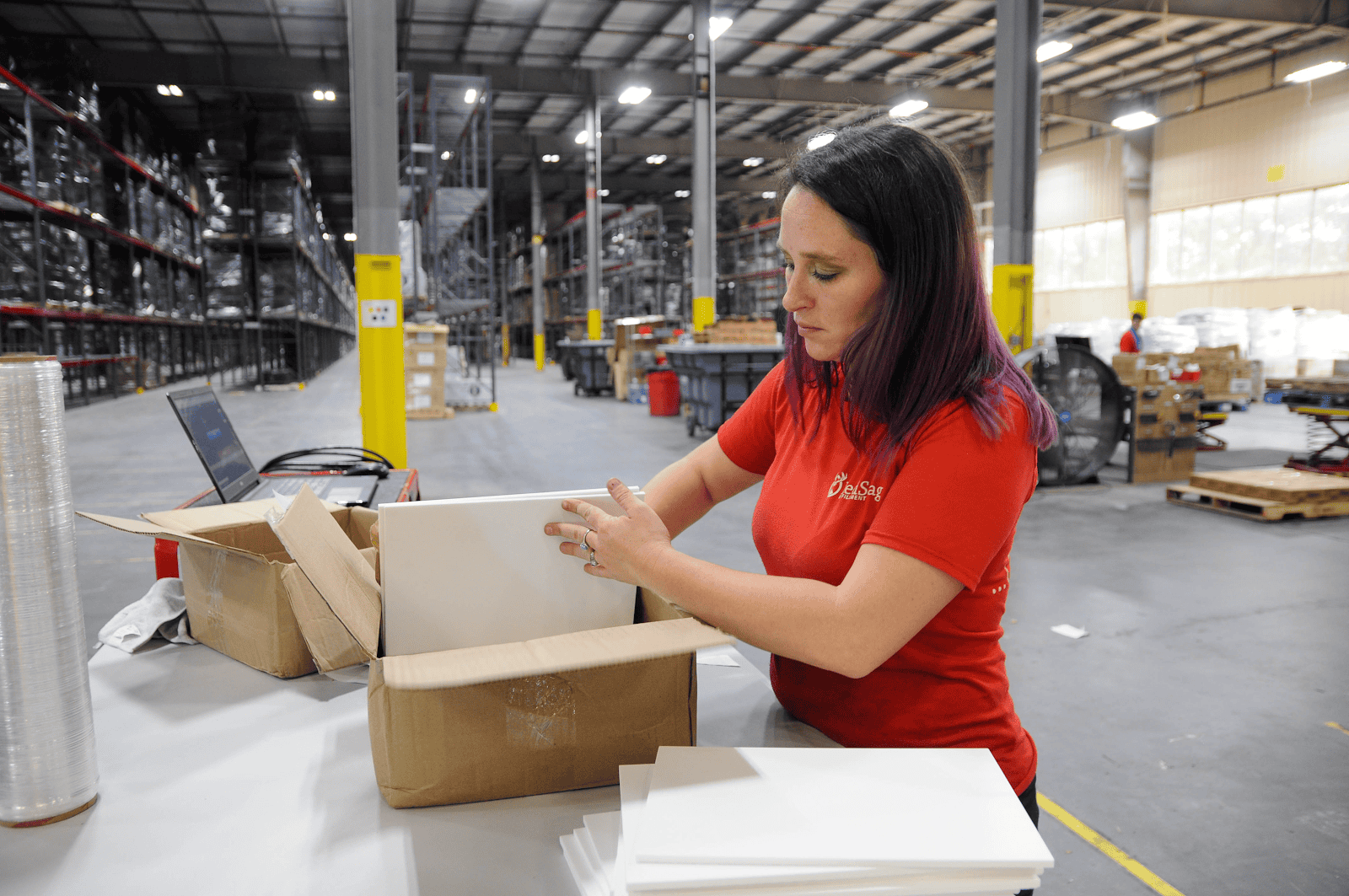
How can a 3PL help with D2C?
The best fulfillment services partner supports your growth. These 3PLs make it easier for you to offer reliable, efficient direct-to-consumer fulfillment. Handing consumer fulfillment over to experts allows you to maintain your independence at scale, reinforcing the core benefits you already achieve by being a D2C eCommerce brand.
Cost control
01
First, you’re generally able to offer goods at lower pricing because you have fewer companies in the middle of the sale. This means fewer expenses for moving goods between companies and fewer companies that need to add their markup. Customers get a lower price for your excellent products.
A 3PL supports this, helping you get the lowest carrier rates available and offering a variable cost fulfillment model that only charges you for what you use. No extra costs associated with empty warehouse space, long-term leases, or equipment and maintenance.
Operational control
02
A second benefit you can offer customers is a hassle-free experience while maintaining operational control. You can work directly with your customer base to determine the sizes, colors, and other options they want and then build these out. When it comes to fulfillment, you can ensure returns and refunds policies are simple for everything you ship. By controlling the sale, you can even build an online portal for shipping details, returns, and more. Partners simply expand these capabilities.
Working with a reliable logistics partner for direct distribution to customers allows you to maintain these parts of the experience. You tell us if you want to accept returns and what the requirements are for goods to be added back into your inventory for sale. We follow those instructions and provide updates for inventory management and CRM platforms. Everything meets your QA requirements for orders and returns.
Customers keep their hassle-free experience by only interacting with your business.
Growth control
03
Perhaps the most challenging aspect of being a successful D2C business is supporting growth. Costs scale as operations scale. This can quickly set hurdles that are too expensive, such as breaking ground on a new fulfillment center, but not making that move harms overall profitability. We’ve found that supply chain management and consumer logistics, especially in direct-to-consumer fulfillment models, are multi-level problems that stifle D2C companies.

NOTE: When you don’t have room to hold more inventory, a few things happen. You must order in smaller quantities more often, increasing inbound costs while generally limiting any freight savings you could attain. Companies then need to push to use that inventory as soon as it arrives. If a delay occurs anywhere in your supply chain, there’s a strong chance you’ll have orders that arrive late. Or, you’ll need to pay more to expedite shipping but can’t charge the customer for this.
As problems persist, there’s a need to pull leadership away from running daily operations. Instead, they must focus on finding new warehouse locations, negotiating leases, building sites, and hiring labor. If the spike in orders occurs without warning, you could be waiting months to nearly a year before you can move any operations.
Outsourcing tackles this directly by allowing you to shift much of this work and expansion to a fulfillment company. The 3PL should already have the space to accommodate you and multiple locations to help minimize your overall shipping costs. What can take months and months shrinks down to as little as 30 days.
Your next step is here
Take your D2C fulfillment to the next level
Direct-to-consumer fulfillment helps your business control costs and mitigate risks while improving your ability to serve customers. You get to focus on being the expert for your product and sales while supply chain leaders manage freight and fulfillment. Red Stag Fulfillment wants to make it easier for you to take that step.
Let’s talk








